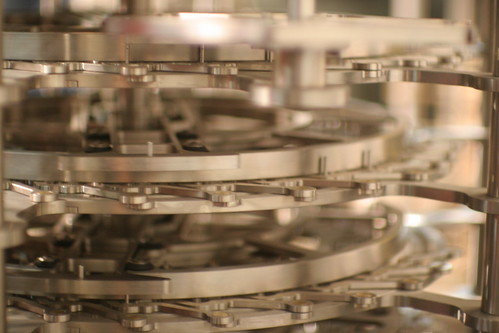This article in the UT is worth a read: Condo conversions in county cooling off. They claim there is a glut of conversions on the market, but that everything will be peachy in 18 months. Really though, the issue is price. These guys bought high, and now have to sell high. Some have reduced prices a bit, others are turning into car salesmen:
On Third, a conversion project in Hillcrest, is offering $5,000 toward closing costs and up to $20,000 in mortgage interest. Ridgecrest in University Heights offered a $25,000 rebate at closing for a limited time. At Ridgestone in El Cajon, buyers could receive a free plasma TV and $2,500 toward closing costs.
In addition, most converters now pay commissions to real estate agents who bring them buyers, with at least one developer offering as much as 4 percent and airline tickets to Hawaii.
…Buyers are catching on. Evan Bennett and his girlfriend, April Allen, didn’t think they could afford to buy until they learned of an incentive program at a conversion project in North Park.
Bennett, a chef, and Allen, a real estate agent, bought a 600-square-foot unit on Florida Street. They received a $15,000 rebate on the $295,000 unit. Allen also got a commission on the sale. The couple put the rebate and commission into a bank account, with plans to use that money toward their mortgage payments for the next several months.
“Our mortgage payment is double what our rental payment was,” Bennett said. Drawing on the bank account “extends our ability to pay $1,200 a month, which was our rent, for almost 18 months. So our payments, our bills, are not going up at all.”
Am I the only one concerned about that ‘deal’? In order for a couple to ‘afford’ the 600sqf condo payment of $2400/month, the developers gave them $15,000 cash, and a commission (3-5%? Roughly 12k?). The couple then uses this money for half of their payment for 18 months. This sounds unsustainable, and very desperate. For both parties.
